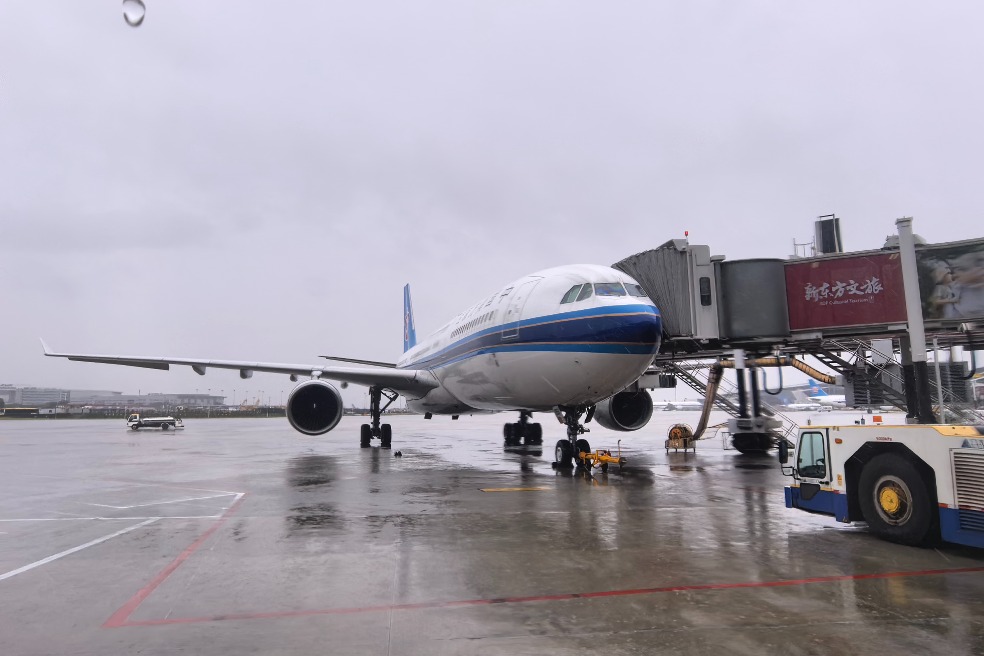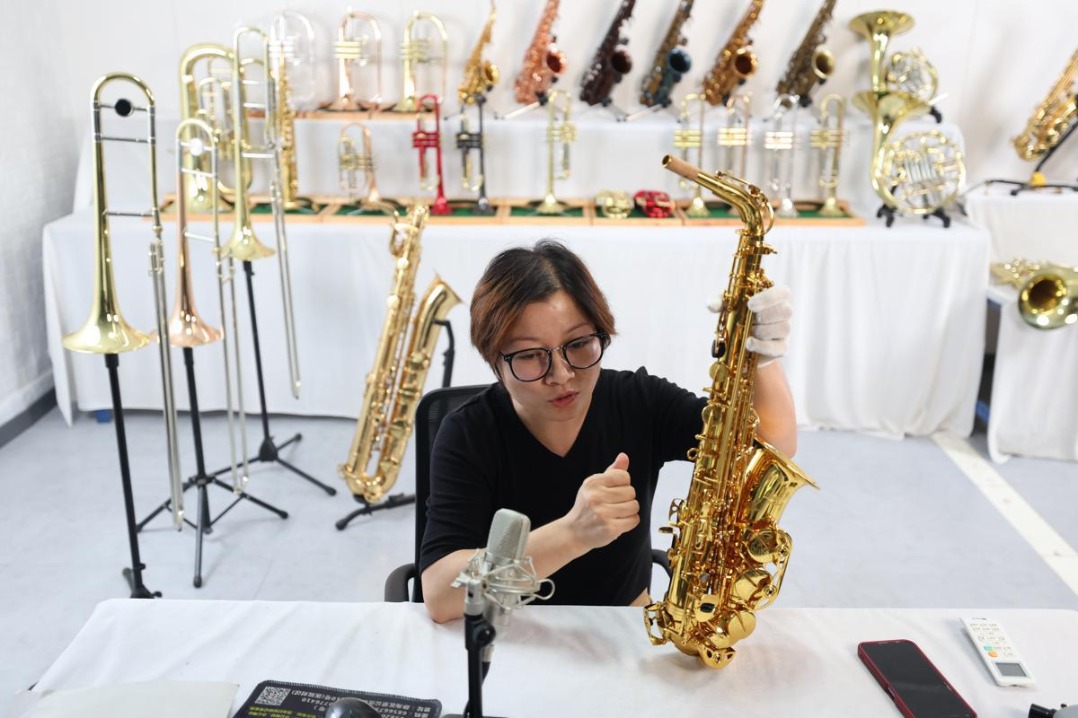Space contractor eyes 5G technology at sea

Using satellite in low orbit, CASIC holds tests aboard ship off coast of Zhejiang
China Aerospace Science and Industry Corp, a major space contractor, is striving to use its satellite technology to enable 5G telecommunication service at sea.
The State-owned space conglomerate conducted China's first technology demonstration tests using a low-orbiting satellite to enable 5G communication and internet-of-things services on waters off Daishan county in Zhejiang province last month.
Engineers and crew aboard a local maritime safety bureau's patrol ship, which was sailing in waters off Daishan during the tests, made 5G-based phone calls and held video conferences with their colleagues on land, and they also used internet to check their social-networking accounts.
The signals were transmitted through a gateway station mounted on the vessel and a low-orbit, experimental broadband communications satellite developed by CASIC.
The tests were meant to verify the low-orbit system's capability to transmit 5G signals, said Li Yanbin, deputy general manager of CASIC Space Engineering Development, a CASIC subsidiary in Beijing that designed and built the satellite.
Once the technology becomes commercially operational, it will make it possible for people to use telephone and internet services anywhere in the world, he said.
Telecommunication services and internet are generally unavailable in deserts, on small islands, in polar regions or on poorly equipped ships. Connectivity in impoverished rural areas in many countries is also poor.
Currently, there still are more than 3 billion people in the world who have no access to internet, with 700 million of them having no access to basic telecommunication service, Li cited industry statistics as saying.
The tests also examined the application potential of internet-of-things technology in maritime industries. Data collected by equipment and "smart suits" worn by the ship's crew was transmitted via the satellite to ground facilities for analysis, helping ship owners to improve operational efficiency, he said.
The executive explained why engineers chose to carry out the first rounds of satellite-5G connection tests at sea rather than in a remote mountain area or desert.
"Now, many 'blind areas' in terms of telecommunication services are at sea. In addition, communication between cargo and fishing ships and people on the ground are tremendously restricted by factors like bad weather or poor access to traditional signals," Li said. "Therefore, fishermen and shipping industry workers are undoubtedly among the people who most need such technology."
Though satellites traveling in high orbit are able to provide signals in some cases, the great distance between them and the Earth means they require more time to respond to users. By comparison, low-orbiting satellites can respond faster, allowing users to make phone calls or connect to internet more easily. Furthermore, it is cheaper to build, operate and maintain a low-orbiting network than one in high orbit, according to Li.
The satellite involved in the tests was launched atop a carrier rocket in December 2018 at the Jiuquan Satellite Launch Center in Northwest China.
The 247-kilogram solar-powered spacecraft works in a sun-synchronous orbit about 1,100 kilometers above the Earth. It has extensively outlived its one-year design life and is expected to continue operating, according to designers.
As of October, China has put more than 700,000 5G base stations into service, which have served over 180 million user terminals, Liu Liehong, vice-minister of industry and information technology, said last week at the World 5G Convention in Guangzhou, Guangdong province.
He said that the 5G technology is rapidly integrating with and fostering other sectors such as smart manufacturing, health, energy and agriculture.
- Prospering Xizang sees surge in overseas visitors
- Couple who lied about panda abuse sentenced
- Senior obstetrician buried in Henan after sudden death
- China sends 11th peacekeeping police unit to South Sudan
- Influencers from around globe begin discovery tour of Ningxia
- Guidelines issued for sale of anti-malaria medication in Guangdong province





































